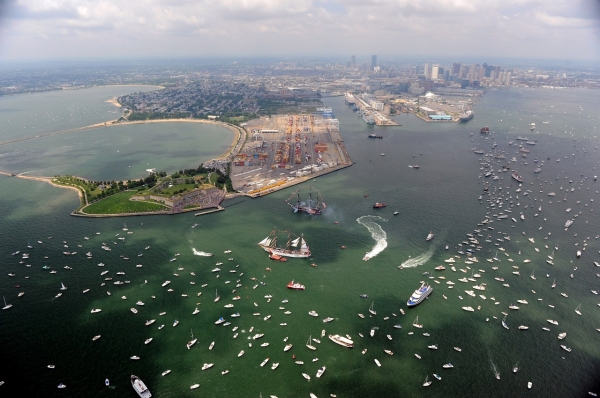As the world warms and ice sheets melt, the ocean continually rises. The greater Boston area can expect to see between one and six feet of sea level rise by 2100, according to recent estimates. To find out what this rise might mean for freshwater supplies, a team of hydrogeologists from the University of Massachusetts Amherst, led by David Boutt, professor of Earth, geographic and climate sciences, partnered with the Southeastern Massachusetts Pine Barrens Alliance (SEMPBA) and 13 other grassroots environmental organizations to develop an innovative new model that can not only predict saltwater intrusion over the next 75 years, but also pinpoint the main sources of salt contamination today—road salt and human development. The team released the results of their study in the recent report, Saltwater Intrusion Vulnerability Assessment in Plymouth, MA.
“For many years now, I’ve been working with citizen stakeholders in the southeastern corner of Massachusetts,” says Boutt, “and in 2021, the Pine Barrens Alliance, an environmental group interested in preserving the area’s unique environmental character, approached me with an idea for a project to help assess how communities along the coast could best prepare for climate change.”
Boutt and his colleagues, including recent UMass graduate and research assistant Alexander Kirshen, undergraduates Rachel King, graduate students Daniel Corkran and Carly Lombardo and postdoctoral researcher Brendan Moran, jumped at the opportunity to apply their academic research to an urgent, real-world problem close to home.
Read more at University of Massachusetts Amherst
Photo Credit: 12019 via Pixabay


